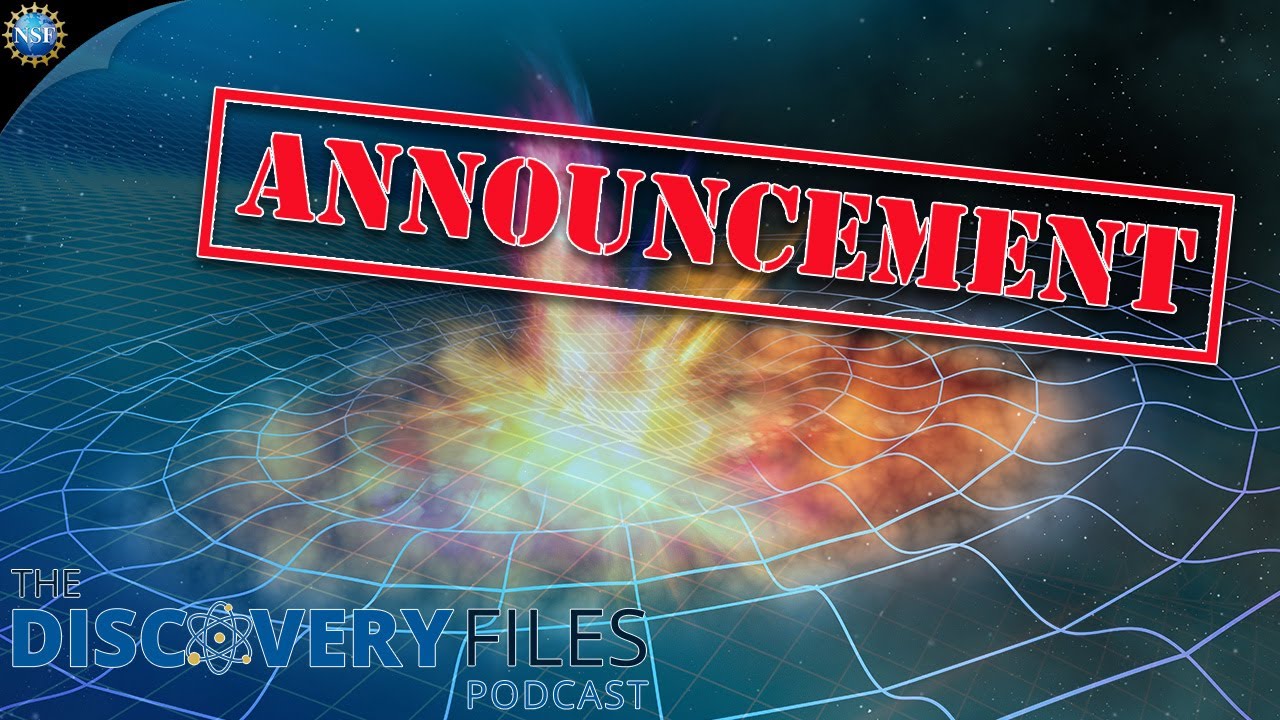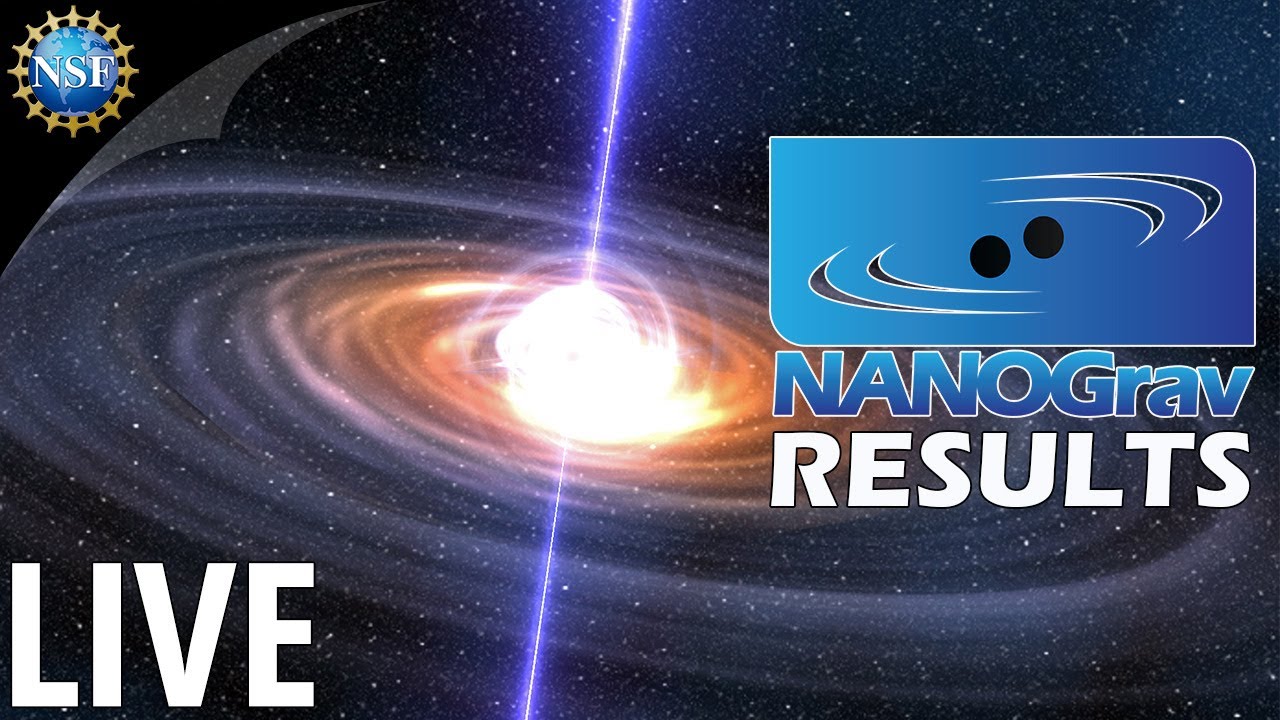Whereas instruments like the Laser Interferometer Gravitational-Wave Observatory (LIGO) detect gravitational waves from cataclysmic events such as the mergers of black holes and neutron stars, any mass undergoing acceleration emits gravitational radiation and the universe is expected to filled by a background of gravitational waves from innumerable sources such as multiple star systems, planets orbiting stars, and NASCAR competitors circling oval tracks. This background is expected to dominated by pairs of or multiple supermassive black holes, originally formed in galaxies that subsequently merged, with the black holes orbiting one another in close proximity, destined to eventually collide and merge themselves. But during this slow dance of millions or billions of years toward oblivion, these black holes constantly emit gravitational waves, contributing to a cosmic background or “hum” of the universe.
Detectors like LIGO are most sensitive to gravitational waves with frequencies of hundreds of hertz (cycles per second), but the background is expected to be dominated by signals in the nanohertz range, or on the order of one cycle per decade. The LIGO interferometers have arm lengths of 4 km. To detect nanohertz signals, you need something bigger—a lot bigger. Since 2004, the NANOGrav project has been monitoring 68 miillisecond pulsars scattered across the Milky Way galaxy, combining measurements of their precisely-timed pulses to construct what amounts to a galactic-scale interferometer (“pulsar timing array”) sensitive to waves with frequencies measured in inverse years or decades. These observations also require patience. Only after fifteen years of data collection are the collaboration able to announce detection of the gravitational wave background to a confidence between 3 and 4 standard deviations (depending on assumptions used in reducing the data), which they judge sufficient to say “evidence for” but not yet adequate to claim “discovery”. While orbiting supermassive black holes are the most likely sources for the gravitational wave background and fit well with the observation, it is possible more exotic hypothetical sources may contribute to the background and cannot be ruled out by the present data.
Astrophysical Journal Letters has published a “Focus on NANOGrav’s 15 yr Data Set and the Gravitational Wave Background”.
Gravitational waves (GWs) have revolutionized how we observe and study the universe, and yet we currently “see” only a tiny fraction of the full GW spectrum. It’s as if astronomers’ telescopes could only see x-rays – we’d be missing some of the most interesting and important objects in the cosmos.
Since 2004, NANOGrav, the North American Nanohertz Observatory for Gravitational Waves, has observed a growing network of millisecond pulsars with the goal of opening a new low-frequency window on the gravitational universe. Our most recent data set and associated gravitational-wave analysis suggest that this goal is finally being realized.
NANOGrav uses some of the world’s largest radio telescopes, such as the Green Bank Telescope, Arecibo, and the Very Large Array to monitor millisecond pulsars at multiple radio frequencies every few weeks. Like other pulsar timing arrays (PTAs), we first determine high-precision timing solutions for each pulsar, which unambiguously track every radio pulse hitting our telescopes. We then model multiple noise processes that affect the observed and intrinsic spin rates of the pulsars in unpredictable ways. Together, these analyses can predict arrival times from each pulsar to an accuracy of a few hundred nanoseconds over decades of time. The resulting ratio of timing precision to timing baseline is a few times 10^{-16}, providing a sensitivity to nHz GWs with similar strain amplitudes (Foster & Backer 1990).
Here are papers from the issue describing the NANOGrav results. All papers are open access and contain full text as well as a link to a PDF version of the paper.

